Category: Technology

APIs and the Cloud
Application programming interfaces (APIs) communicate into software. If user interfaces are ways for humans to interact with software, then APIs are ways for software to communicate with other software. As we write applications, our software makes extensive use of APIs. Sometimes those APIs are purely at a platform level, maybe file read and write. Sometimes…
Read more…

Canvas API
Canvas is one of the biggest names in the learning management software (LMS) space. It is used by major Universities across the country, and we use it for Nebraska Dev Lab and our Advanced Continuing Education. LMSs provide an online structure for courses and content. This online nature makes it easier to support remote learners….
Read more…
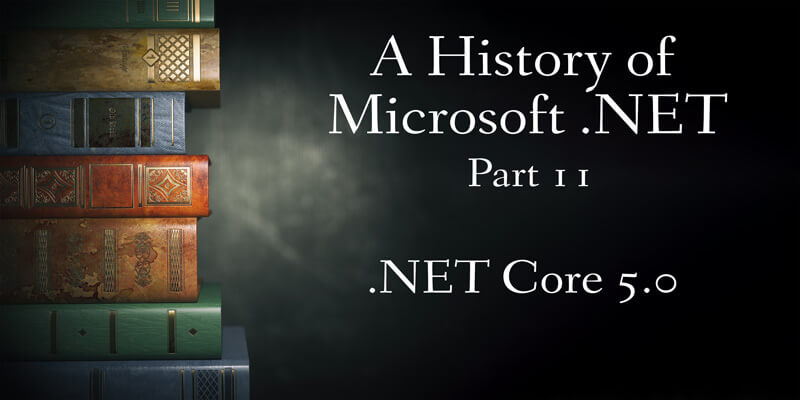
A History of Microsoft .NET, Part 11: .NET Core 5.0
.NET 5 was the unified .NET. It merged .NET Core and .NET Framework, or it kind of did. From a technology standpoint, .NET 5 supports more of what was missing in .NET Core without question. But .NET 5 was still missing things like a fully functioning WCF. It is hard to make software truly backward…
Read more…
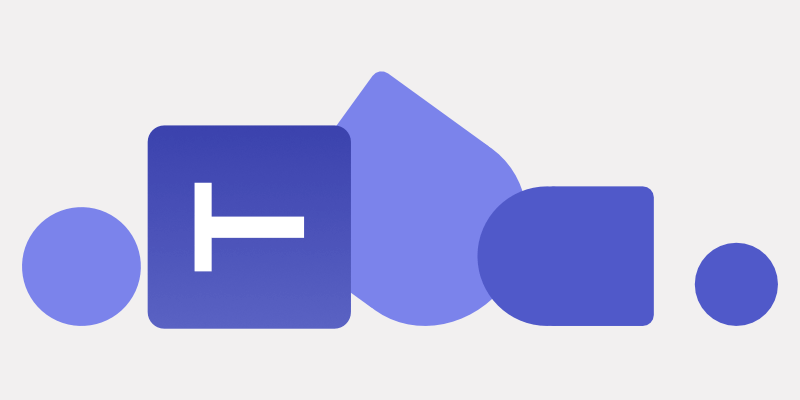
Dysfunctional Teams
Teams is clearly an attempt by Microsoft to eat the space created by Slack, the product we used before Teams. We, like many people, switched to Teams because it was already included in our Office 365 subscription. Effectively using Teams instead of Slack saved us money. When Teams first came out, we tried it and…
Read more…
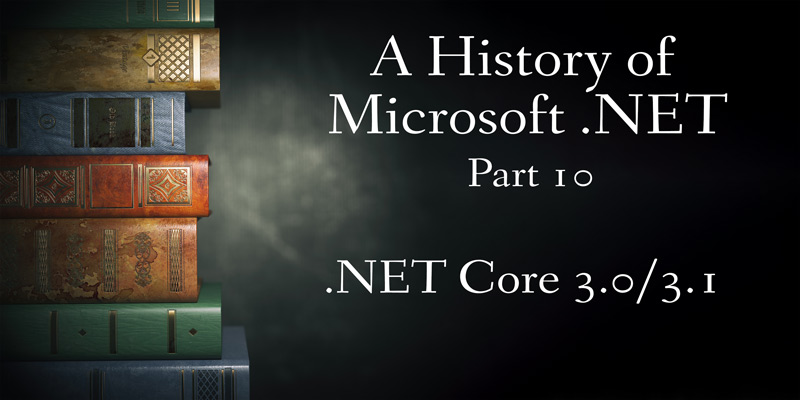
A History of Microsoft .NET, Part 10: Core 3.0/3.1
If .NET Core 2 was the first real version of .NET Core, then 3.0/3.1 took something usable and made it solid. With their latest version, Microsoft went from “good enough” to something enjoyable to use. .NET 3.0/3.1 closed a lot of the gaps left between .NET Framework and .NET Core. Not all of the gaps,…
Read more…
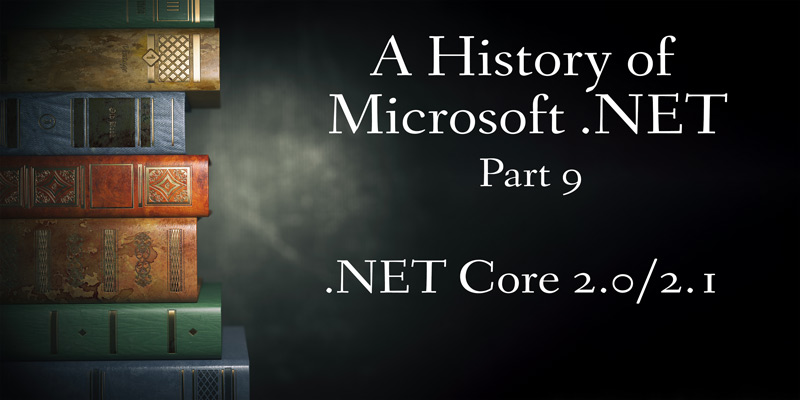
A History of Microsoft .NET, Part 9: Core 2.0/2.1
The release of .NET Core 2 was the first “real” version of .NET Core. The previous version (.NET Core 1) really wasn’t ready for primetime. But .NET Core 2 was a solid product. And in many ways, it was better than .NET Framework. First off, .NET Core 2 had all that was good about .NET…
Read more…

Using Postman
Postman is a tool most web application developers are familiar with. A lot of what we use Postman for we could write ourselves or use the Unix curl command. But Postman makes interacting with APIs easier for developers. Plus, its ability to save requests and collections is really useful. But why would we want this?…
Read more…
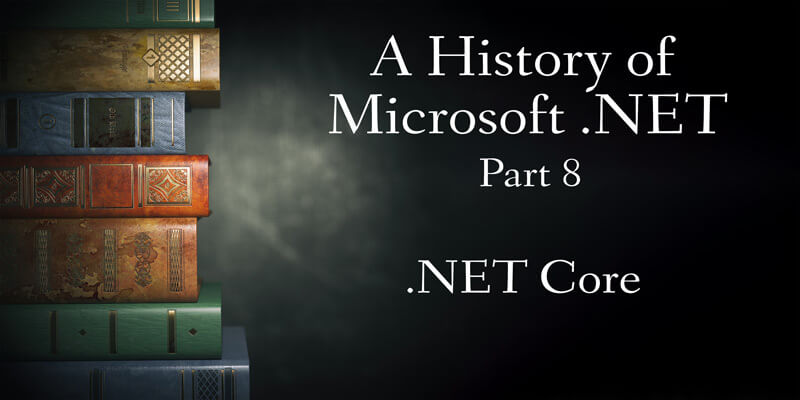
A History of Microsoft .NET, Part 8: .NET Core
Microsoft created the .NET Framework for many of us to write better software that ran on Windows. I’ve spent a good portion of my time developing with .NET Framework code, writing code that ran in web browsers. So ironically, the code did run on a variety of platforms. And with Mono, there was always a…
Read more…
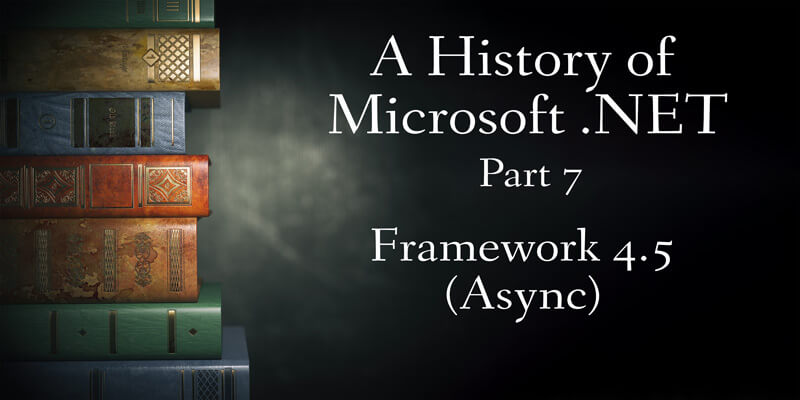
A History of Microsoft .NET, Part 7: Framework 4.5 (Async)
Much of our programming model is based upon the simple concept of putting data into a variable. This sort of programming typically goes by the term “imperative programming”. We are issuing a series of commands; the computer executes the commands. These commands typically are run in some very predictable order. Early programming languages even had…
Read more…

Relax, It’s CouchDB
CouchDB is a NoSQL database solution, which means it supports persistence of data. But you don’t have to spend a lot of time designing the relational structure upfront. This makes starting development with a NoSQL system easier than typical SQL databases because you don’t have to spend time defining relationships. Also, many NoSQL solutions favor…
Read more…